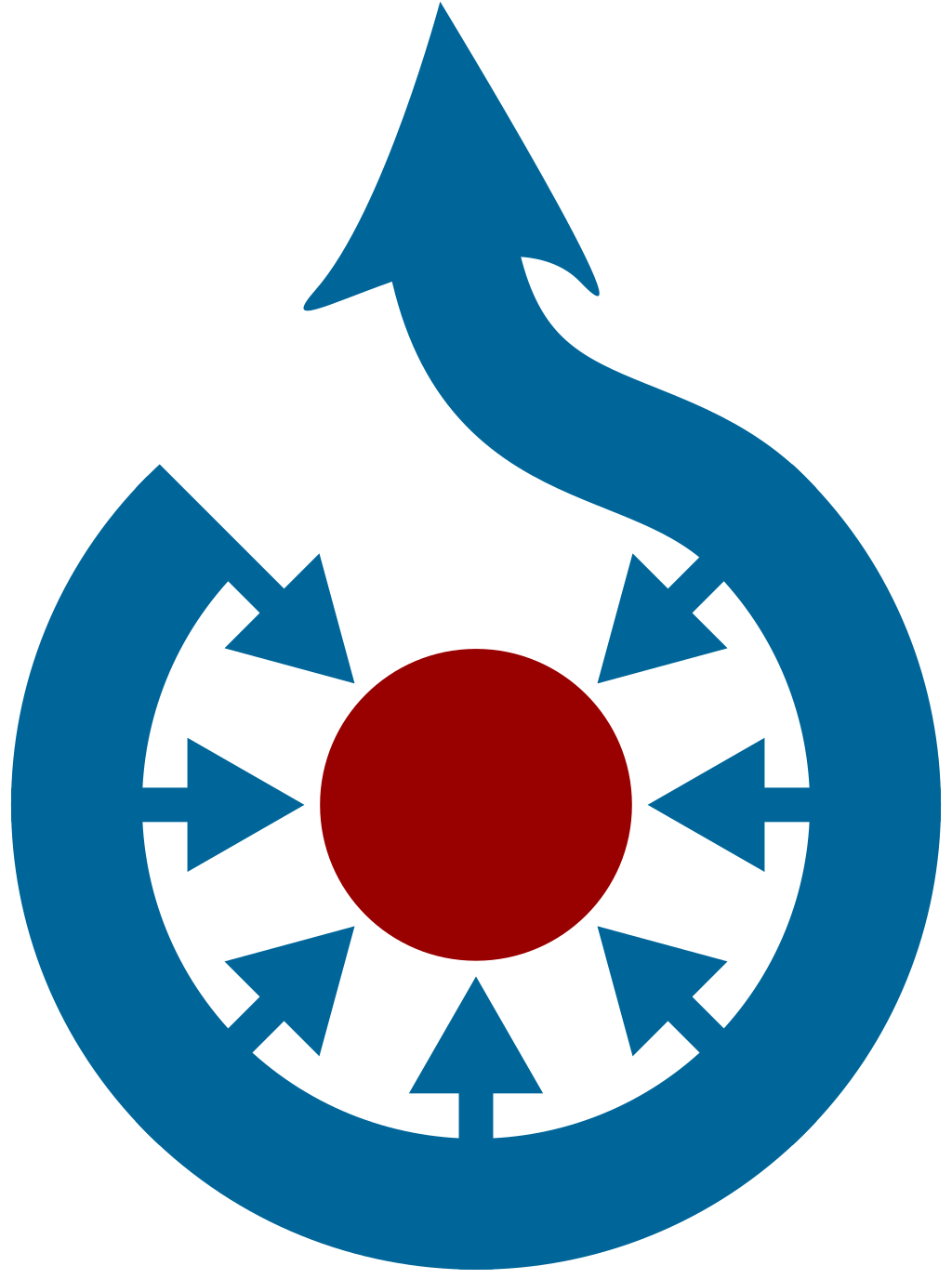
Still Life of Abundant Game
Artist/Maker
DatesMade: Made 1651
Material / Technique
Dimensionsh x w: Mått 183 x 214 cm h x w x d: Ram 213 x 244 x 12 cm
Inventory numberNM 433
AcqusitionTransferred 1865 Kongl. Museum
Other titlesTitle (sv): Stilleben med rikt jaktbyte Title (en): Still Life of Abundant Game Previous: Stort stilleben med rikt jaktbyte
DescriptionCatalogue raisonné: Description in Flemish paintings C. 1600-C. 1800 III, Nationalmuseum, Stockholm, 2010, cat.no. 83: Technical notes: The painting’s original support, now lined, consists of three similar pieces of mediumweight, dense, plain weave, single-threaded fabric, sewn together with two vertical seams on the left and the right (evident on the paint surface), approximately 56.2 cm and 34.0 cm from the edges. The original tacking edges have been cropped on all sides and the painting is attached to a non-original stretcher at the tacking edges of the lining fabric. There is no visible cusping. The painting has been cut down slightly on all sides, resulting in extensive losses of the ground- and paint layers along the edges. The ground is a thick, smooth, light brown layer, which completely hides the texture of the fabric support. Paint was applied thinly in opaque and semi-transparent layers in the broadly executed elements of the landscape background, more thickly in the animals, the red curtain and the sky at the upper right. Moderate impastos and vigorous brushwork are used in the lighter areas of the furs and plumage, such as the soft white plumage of the heron, the yellowish white belly of the roebuck and the larger hare at the lower right. Different textures are created by greatly varying the brush strokes, frequently by scumbling. Only minor pentimenti are visible to the naked eye: slight adjustments to the foliage and short branch silhouetted against the sky at the upper right; the claws of the heron’s right foot, initially painted straighter; and the roebuck’s bent right foreleg, initially painted in a slightly lower position. The painting is generally in excellent condition. A thin layer of discoloured old varnish is present. Abrasion is moderate overall. Discoloured retouching covers repairs of extensive losses of ground- and paint layers along all four edges. Scattered small retouches are mainly concentrated to the landscape background and the drapery hanging down from a tree branch on the left. A fine craquelure is present in the more thickly painted areas of light coloured fur and plumage. Localized areas of blanching are visible in the rocks and plants on the left. The painting has not undergone conservation treatment since 1869. Provenance: Coll. Sack at Bergshammar; purchased by Gustav III 1779, no. 65; KM 1816, no. 170. Exhibited: Brussels 1965, no. 95; Stockholm 1977, no. 81; Stockholm 1998, no. 434; Stockholm 2010, no. 64. Bibliography: Sander II, p. 107, no. 65; NM Cat. 1867, p. 30; Göthe 1887, p. 89; Göthe 1893, pp. 109– 110; Granberg 1931, p. 19, no. 65; NM Cat. 1958, p. 75; Greindl 1983, p. 100, 351, no. 141; NM Cat. 1990, p. 137; Bjurström 1992, p. 68; Sutton 1993, pp. 570–571. The list of works by Jan Fyt compiled by Edith Greindl includes almost three hundred pictures, the majority of which are signed: close to sixty are dated between 1638 and 1661. In spite of this, it is rather difficult to establish the chronology of Fyt’s work. Throughout his life he painted both intimate, simply composed works and more complex larger paintings and his style was already established in the earliest examples. The striking realism and unique expressivity are characteristic features of his work The Nationalmuseum’s large still life shows the rich spoils of the chase, appearing against a landscape with a swag of drapery hanging from the branches of a tree. The dead game includes a gutted roebuck, large waterfowl, woodcocks, partridges and a rabbit piled beneath and hanging from a tree. A long hunting rifle lies across the pile of game. On the left are two hunting dogs, one trying to get at the game. Fyt’s colleague and teacher Frans Snyders painted similar scenes with a deer strung up by one leg at the centre of the composition (see no. 182) but he rarely sets his scenes out of doors which became Fyt’s speciality. Fyt’s palette and technique also differs from Snyders. He uses a unified colour scheme in warm tones, based on the harmony of brown, green and grey. Fyt’s brushwork deserves attention in the rendering of the fur and feathers: their vivid textures suggest an almost tangible softness. Jan Fyt probably used preparatory drawings for his compositions. Several of the details in this painting recur in other paintings. The roebuck stretched diagonally in the painting reappears in a composition dated two years earlier in the Gemäldegalerie Berlin.1 GCB 1 Oil on canvas, 138.3 x 198.5, signed and dated 1649, Berlin, Staatliche Museen zu Berlin, Gemäldegalerie no. 883A. See Greindl 1983, p. 348, no. 22 [End] Hunting has always been a prestigious pastime and already in the sixteenth century large paintings with hunting motifs became common in the dining halls and galleries of palaces. In Flanders there were particularly many painters who specialized in hunting still lifes. These paintings are different from other still lifes in that they do not contain so much hidden symbolism. Dead animals have been arranged together with hunting dogs and rifles and are depicted in great detail, so that it feels like one is standing right in front of the motif.
Exhibited
Motif categoryStill life
Collection
TechniquePainting
Object category
Keyword







